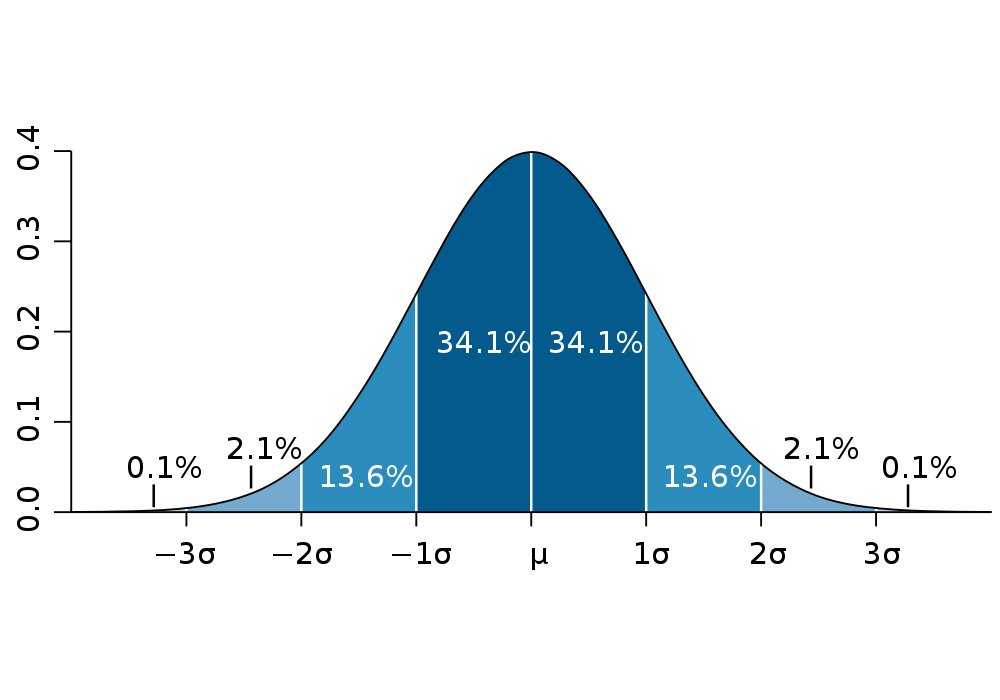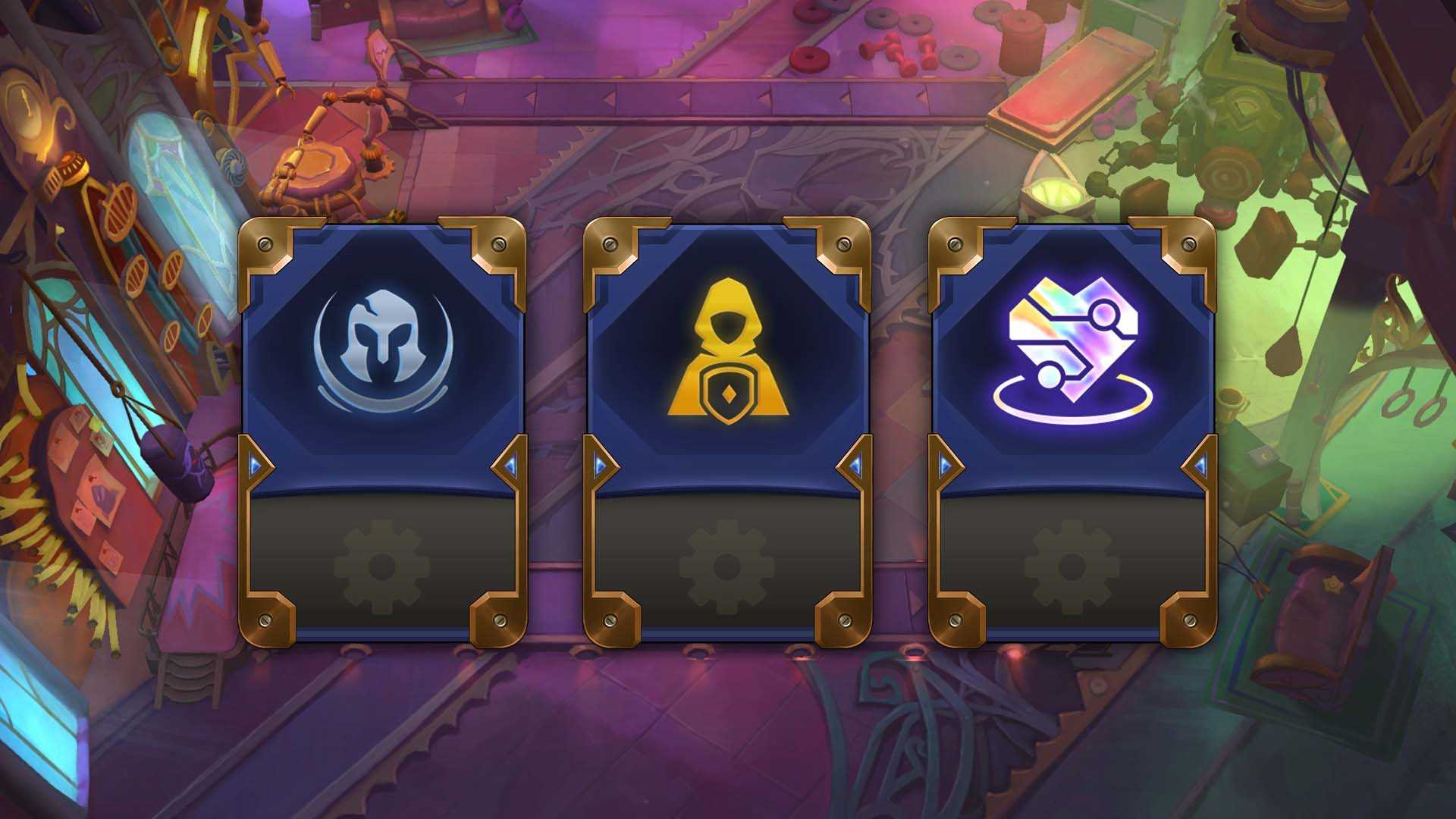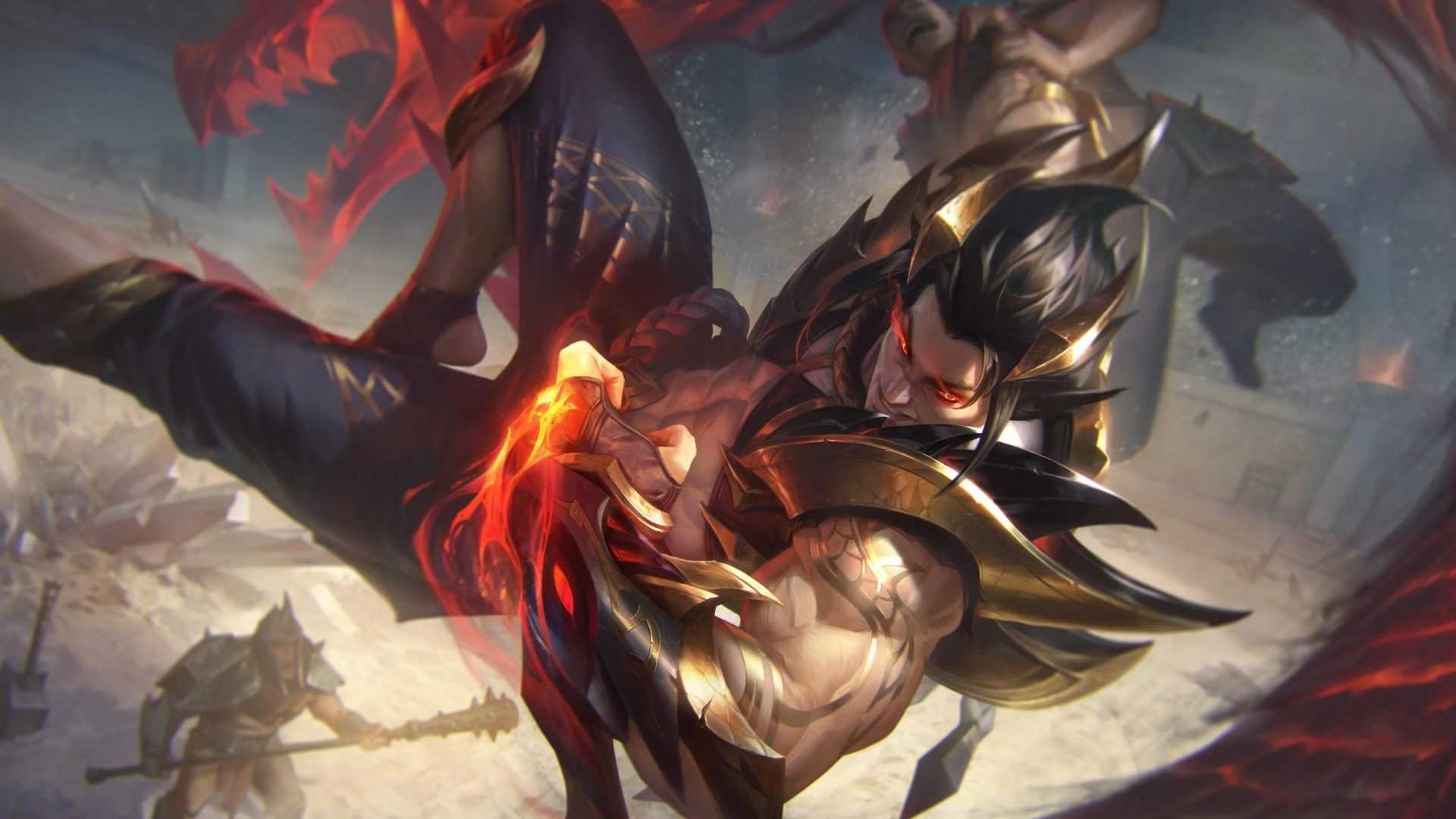Why Set 7 of Teamfight Tactics (TFT) Is So Different
Let’s deep dive into system mechanics, developer team philosophy, new units, fundamental item changes and more of Set 7 in TFT!
Let’s deep dive into system mechanics, developer team philosophy, new units, fundamental item changes and more of Set 7 in TFT!
Set 7 Dragonlands is the latest installment in TFT. It is a lot of fun and probably the most popular TFT has ever been, but to those of us who played a lot of Set 6 and started here, this set can feel very different. Why is that? Let’s deep dive into system mechanics, developer team philosophy, and more to understand how the same game has completely changed.
Set 7’s theme is Dragonlands, which brings us powerful units that cost double the gold and take up 2 team slots. Augments are still in the game which gives the set some familiarity, but augments are very different fundamentally. Why is that?
Well for starters, the dev team has had a full set to learn how to better balance augments, along with creating new ones that are more interesting and complex. But the fundamental change is how the bell curve of augment power has been adjusted.

So the bell curve here is to demonstrate a distribution of augment power. The average power is in the middle peak, and the majority of augments lie in that first standard deviation. In Set 6, augment power distribution was all over the place as we had a new mechanic and an entirely new set of units. Set 7 introduced a major balance philosophy shift that changed this mechanic, I think for the better, and that was setting a power baseline. Tier 2 augments are the most common, and the “standard” for augments.
When you add something like augments to a game, and they have a wide range of tiers and effects, how do we decide what is balanced? In theory, all Tier 2 augments should be equal, and other tiers should be weaker or stronger accordingly. Yet we saw how some augments were just not in line with their tier. Binary Airdrop was a broken augment for all of Set 6/6.5. It is still in Set 7, but what has changed?

Augments have 3 tiers for those who don’t know, Silver (Tier 1), Gold (Tier 2), and Prismatic (Tier 3). Binary Airdrop was a Tier 2 augment that gave us an additional full item if our unit had 2 item slots filled up. Set 6 also had scrap which gave us shields for the entire team depending on how many item components our team had.

Binary Airdrop was almost a guaranteed top 2 last set. It not only gave your team potentially 6 or 7 whole items, it also interacted with Scrap to give shielding with those newly created items. It was a Tier 2 augment that should have been a prismatic, and it still wouldn’t be balanced. But now in Set 7, there is no Scrap trait, and Binary Airdrop is a Prismatic augment, so it is far more in line with the power curve.
The reason I went in detail about this augment was to emphasize one of the larger oversights in augment balance last set, while also displaying improvements the dev team made, along with how it fits on the power curve for augments.
Augment balance isn’t everything. Anyone who played Set 6 had to adjust to Set 7. People are rolling to 0 on early rounds, fights are twice as long, and augments/items that were weak last set are some of the strongest this time. What happened?
Well first off, 1 cost reroll comps are much stronger this set, and having this much power in cheaper units that are accessible early on causes higher tempo, and when these comps are viable, it becomes easier for others to roll and hit these comps as the 1 cost unit pool shrinks. This creates a snowball effect of people hitting major power spikes on 3-1 and others having to level and roll at 3-2 to save HP. You can see a guide on Reddit for reference to a 1 cost reroll comp I created that became a top comp the first week of Set 7.

Items and frontline units are also very different. Set 6 prioritized damage and fast fights. Frontline was almost a non-factor at times. But with frontline units this set being much stronger, damage items getting nerfed across the board and unit design being more geared towards ramping up, this all culminates in augments like ascension going from one of the worst augments in set 6, to an almost instant take this go around.
Furthermore, Dragons being so expensive means it can be difficult to transition into these comps, so cheaper comps become more prevalent, especially when Dragon units can be fairly situational. We also have to keep in mind that a lot of the Dragons need strong support, so this amplifies the issue of needing a very strong economy to make these comps viable.
Outside of dragons, there are only two 4-cost carries, Xayah and Corki. Meanwhile we have arguably the highest amount of 3-cost carries in a set ever. This is very different from Set 6 as the number of consistent comps have been reduced. 3-cost carry comps require them to be 3 stars to win a game, and 5-cost units are never consistent enough to play around. This again results in higher variance, and truly creating the strongest board requires a much deeper understanding of several team comps than previously needed.
The meta may shift over time with Patch 12.12 and future patches, as we saw many combat augments get nerfed, all frontline units nerfed and different comps shift in strength.
In conclusion, something that is important to note and may seem less obvious to some, but we are not far into the set. There is so much to experiment and work on as this is one of the more complicated sets. Positioning can be very complex at times, augments influence every decision, and emblems create strong, unique comps that require research. So, while it may seem daunting at times to play this set, and the climb is hard, just remember that everyone is learning, and no one is close to perfecting Set 7.